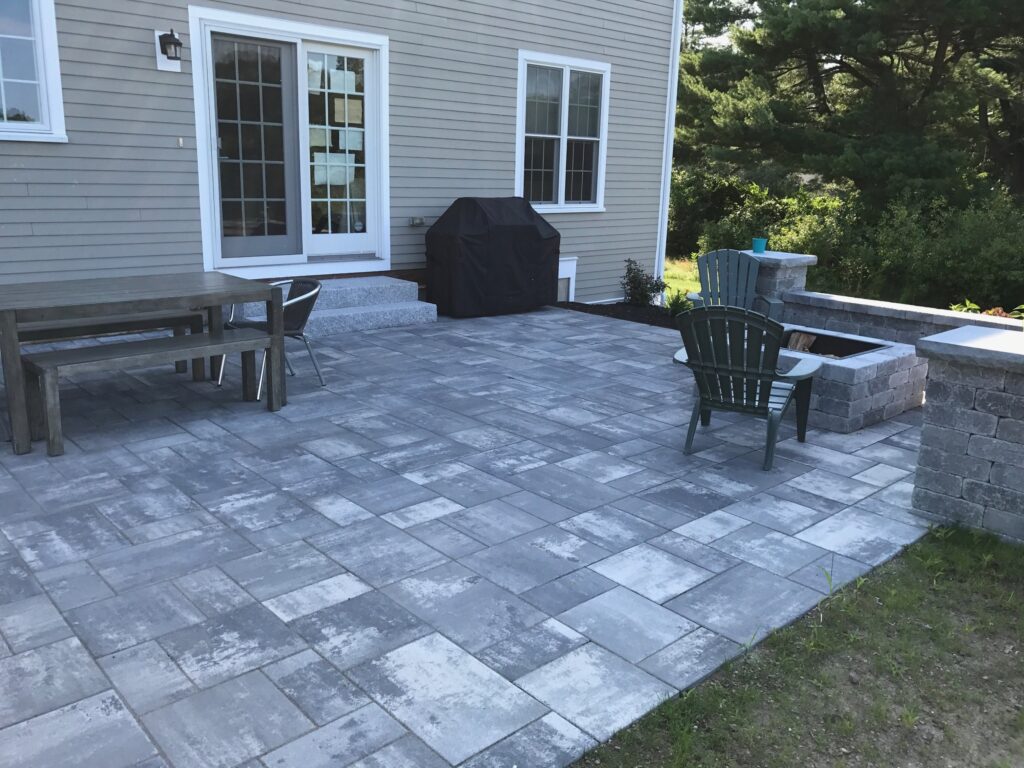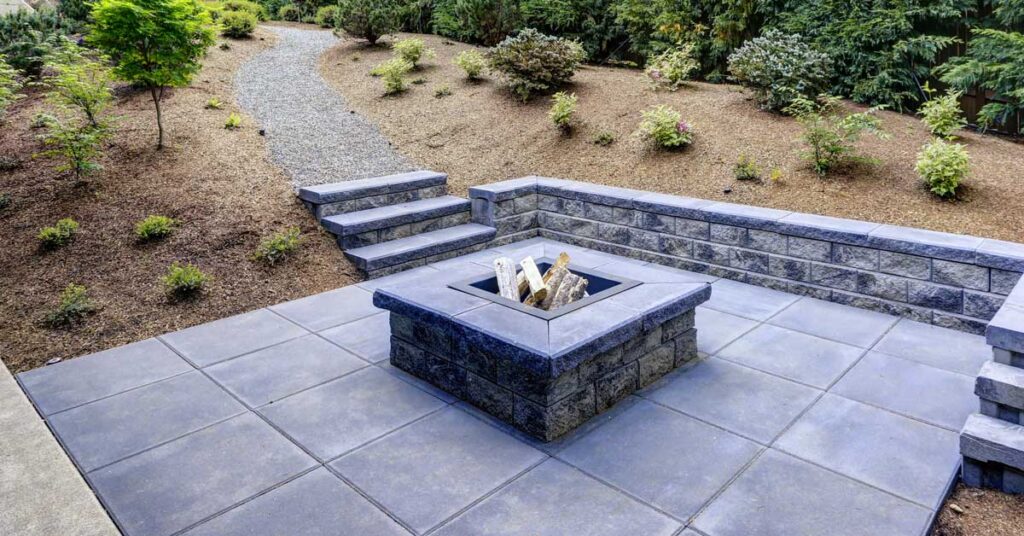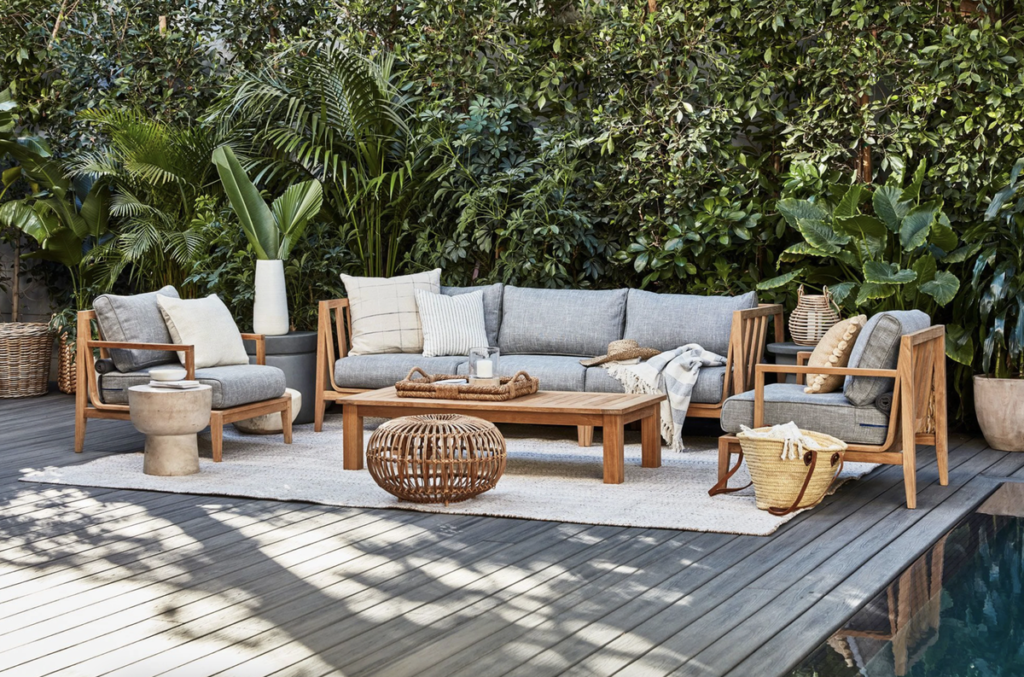Overview of Paver Patio Costs
Paver patios are a popular option for homeowners who want to enhance their outdoor living space. They offer a variety of benefits, such as adding curb appeal and increasing the value of your home. Paver patios are available in a wide range of sizes, materials, and colors, making it easy to create a custom look that complements your home’s aesthetic. Whether you opt for brick pavers, concrete pavers or natural stone, a paver patio will provide you with a flat and solid surface on which to place outdoor furniture or fire pit. Additionally, a paver patio can be installed with proper drainage, gas lines, and utility lines, making it a functional and versatile outdoor space.
Benefits of Paver Patios
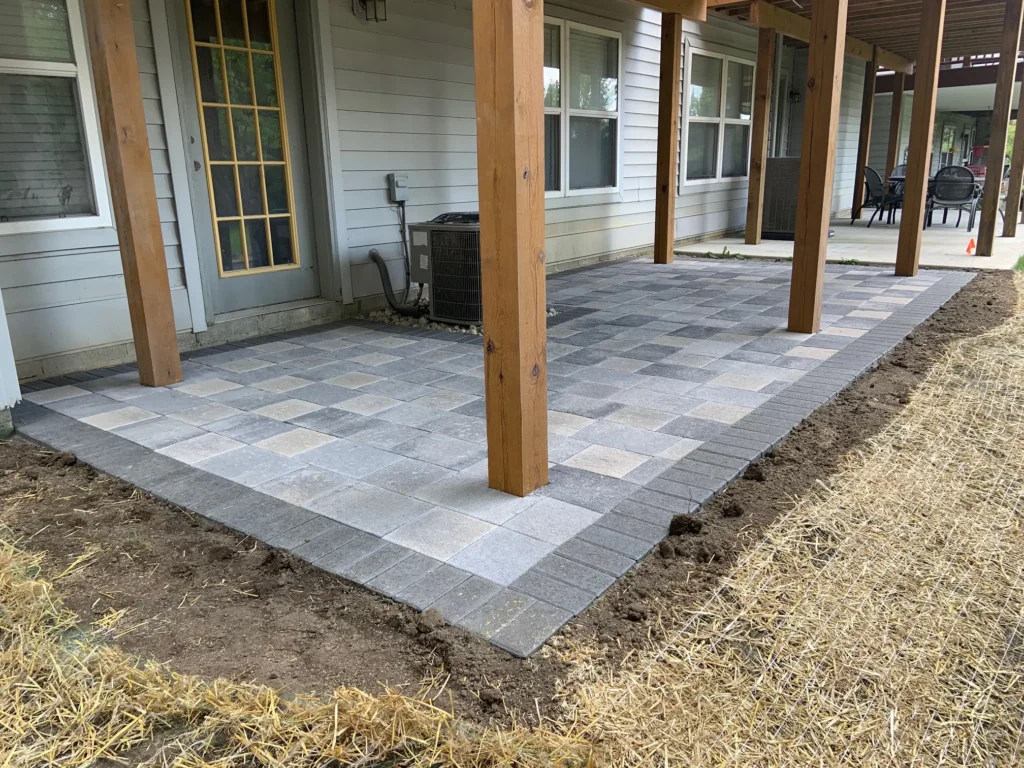
When it comes to transforming your outdoor living space, a paver patio may be the perfect solution. Paver patios have become increasingly popular among homeowners who are looking to create a beautiful and functional outdoor space for entertaining guests or relaxing with family. Not only do paver patios enhance your backyard and add to your home’s value, but they also can provide you with an enjoyable outdoor living experience.
One of the primary benefits of paver patios is their versatility. With a plethora of colors, styles, and materials to choose from, you can create a custom look that is tailored to your preferences and aesthetic. Whether you opt for concrete, brick, or natural stone pavers, a paver patio can be designed to complement your home’s exterior and landscaping.
In addition to their visual appeal, paver patios also provide a flat surface that is perfect for outdoor furniture and activities. Unlike grass or gravel, a paver patio offers a solid and durable foundation for a range of outdoor activities such as grilling, playing games, or lounging with friends and family.
Another advantage of paver patios is their durability and resistance to heavy foot traffic. With proper installation, paver patios are designed to withstand the harshest of weather conditions, from extreme heat to heavy rainfall. Compared to other patio materials, pavers require little maintenance and can last for many years if properly installed and cared for.
Overall, a paver patio is an excellent investment for homeowners looking to enhance their outdoor living experience. With their versatility, durability, and flat surface for outdoor furniture and activities, as well as a variety of colors to choose from, a paver patio is a perfect option for those who want to enjoy the beauty of their backyard while maximizing their home’s value.
Cost Factors
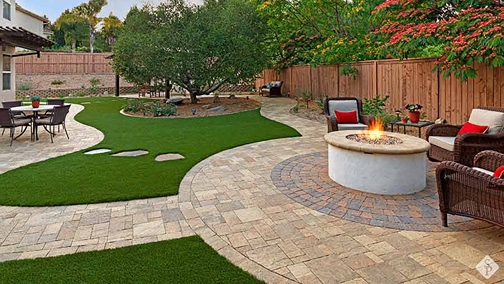
When it comes to calculating the cost of a 10×10 paver patio, there are several factors that can influence the final price. The size of the patio, the type of paver selected, and the materials needed for installation are all significant considerations. These factors can impact the overall cost, and it is essential to understand their role in your patio project to make informed decisions and stay within your budget.
Size of the Patio
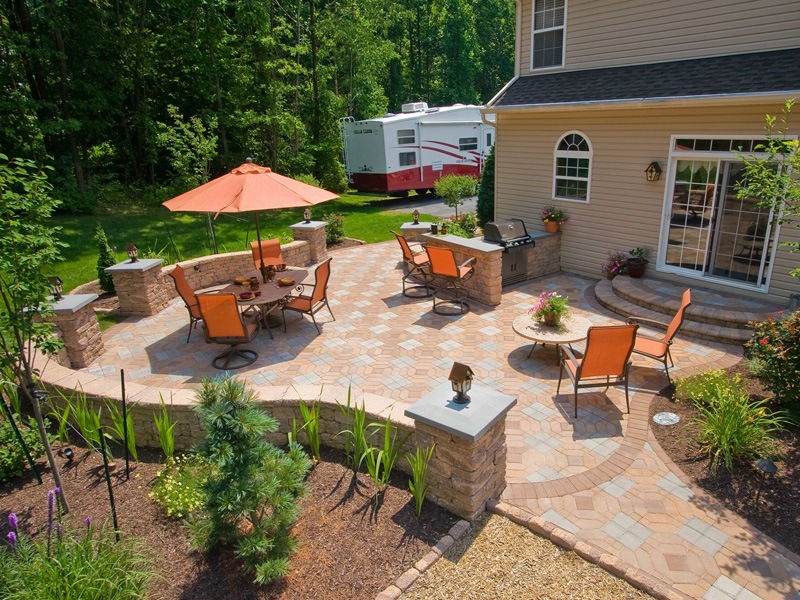
One of the most critical considerations in estimating the cost of a 10×10 paver patio is the size of the area. The size of the patio plays a vital role in determining the final cost since it affects the amount of materials and labor that will be required. That is why it is crucial to measure the area where the paver patio will be installed accurately.
The square footage of the patio will determine the amount of material needed, including the base materials and pavers. When installing a patio, it is essential to have a flat surface, as uneven surfaces can cause difficulty in laying the pavers. Therefore, it is crucial to prepare the area beforehand to ensure a level ground level to minimize some labor costs.
Furthermore, a larger area requires more labor-intensive tasks and more workers, increasing your labor costs. So, a larger patio demands more time and effort from those working on it and could lead to more leftover materials that could add to the cost. Understanding the importance of size in determining the cost of your patio project can help you make informed decisions and adjust your budget accordingly.
Type of Paver

Pavers are essential materials used in the construction of patios and outdoor living spaces. They are available in various colors, sizes, and shapes that offer homeowners the ability to create unique and customized outdoor areas. The purpose of pavers is to create a flat and solid surface suitable for foot traffic and outdoor furniture. Pavers make patios not only attractive but also durable and functional.
Different types of pavers can significantly affect the overall appearance and lifespan of a patio. The materials used for pavers can impact their durability, maintenance requirements, and overall cost. Also, each type of paver has its unique features that bring its own benefits to the patio.
Concrete pavers are one of the most common types used for patios. Concrete pavers are durable, affordable, and come in various shapes and colors. They offer a uniform and contemporary look that can complement most modern home designs. Moreover, concrete pavers are easy to install and require minimal maintenance.
Brick pavers, on the other hand, have a classic and traditional look, which makes them a popular option for traditional homes. Brick pavers are durable, long-lasting, and can withstand harsh weather conditions. These pavers are available in various earthy shades that give a warm and inviting feel to a patio.
Natural stone pavers come in a variety of materials, including limestone, sandstone, and granite, and offer a more natural-looking outdoor living space. They are durable, slip-resistant, and can withstand extreme temperatures. Additionally, natural stone pavers come in a wide range of colors, textures, and patterns, making them a versatile option for homeowners.
Overall, each type of paver has its unique advantages and disadvantages, depending on the homeowner’s preference and patio design. It is essential to consider the durability, maintenance requirements, and cost when deciding which type of paver to use for your patio project. By understanding the different types of pavers available, you can choose the one that best suits your style and budget.
Materials Needed for Installation
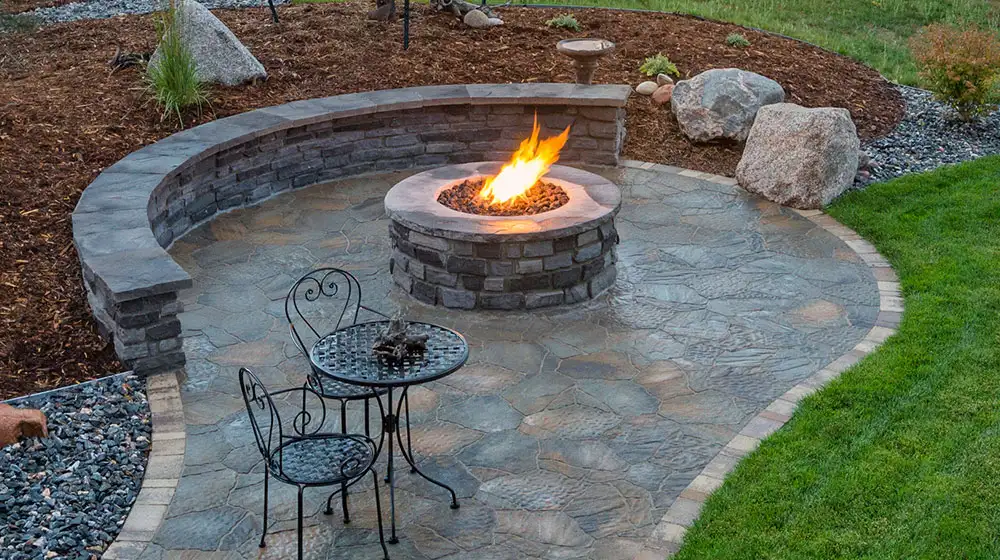
When undertaking a paver patio project, it is essential to have all the necessary materials for a successful installation. The materials needed for paver patio installation include paver stones, road base, bedding sand, joint sand, and a layer of sand.
Paver stones are, of course, the primary material needed for a paver patio. The type of paver stone you choose (brick, concrete, or natural stone) will significantly impact the cost and overall look of the completed project. Road base is an essential material that provides a stable base for the paver stones. It is also known as “crush and run” and comes in various sizes.
Bedding sand is used to level the road base and ensure the paver stones sit evenly. Joint sand is then placed in the spaces between the paver stones to keep them in place and prevent weed growth. Finally, a layer of sand is added on top of the joints sand to fill any gaps and ensure stability.
Other materials that may be required for paver patio installation include extra paver stones in case of damage during the installation process. Before beginning your project, it’s also essential to hire utility locating services to ensure there are no gas or utility lines under the area you plan to excavate. Proper drainage systems must also be installed to direct water away from the patio and prevent any potential damage.
By ensuring you have all the required materials before beginning your paver patio project, you can achieve a successful and long-lasting installation that enhances your outdoor living space.

